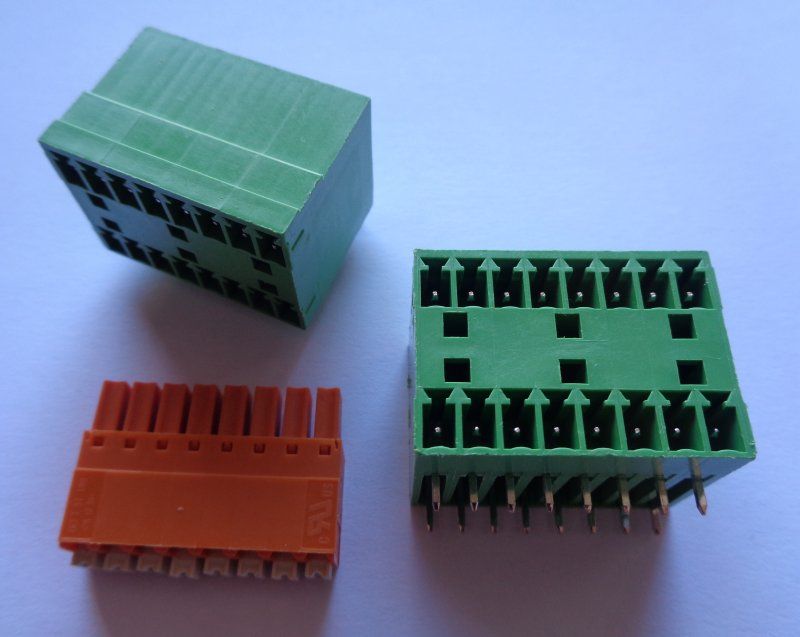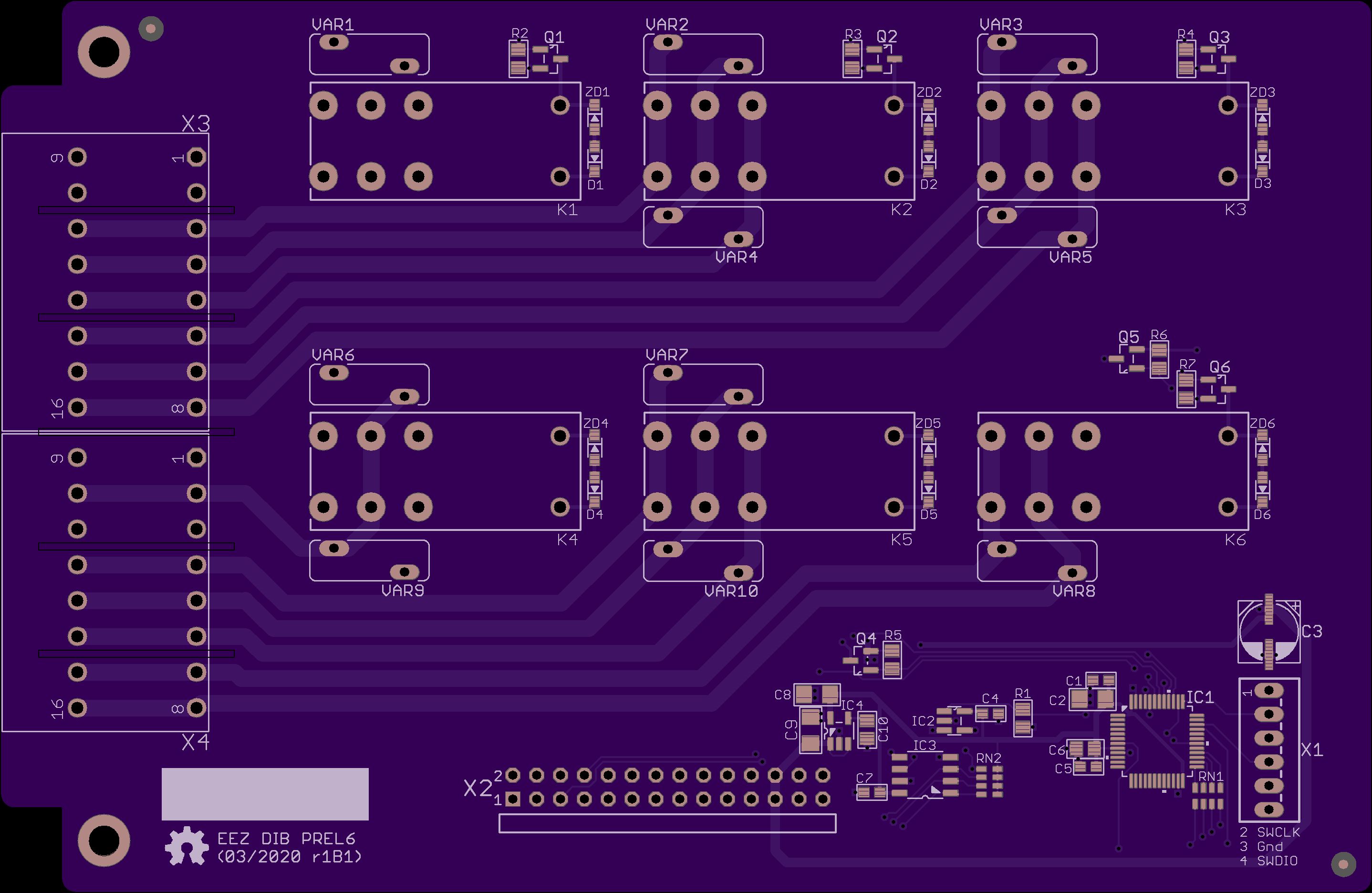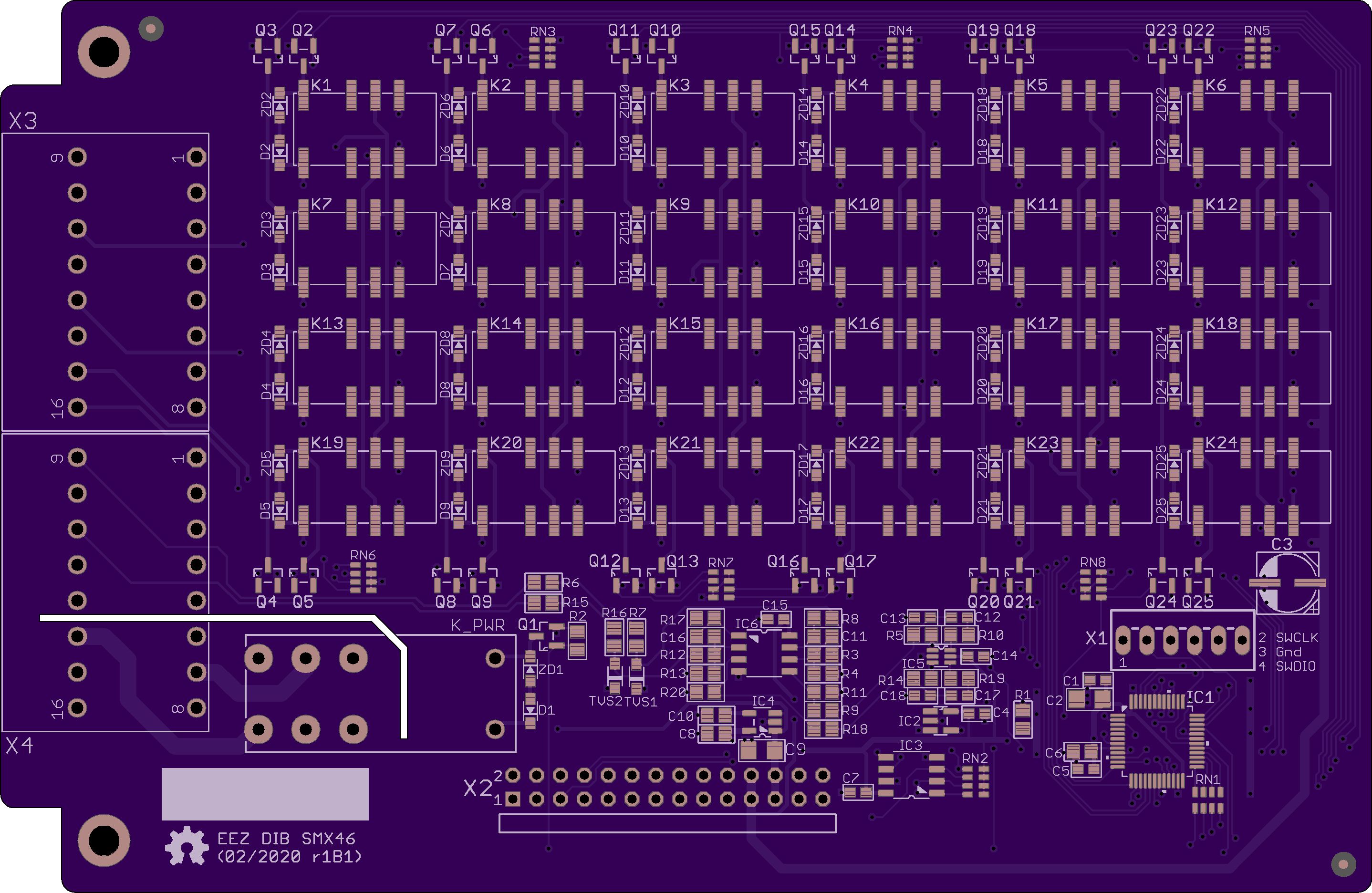Project update 11 of 24
Two New Peripheral Modules (and More Delays...)
by DenisThe main news for this update is that our TFT display supplier in China has announced an additional three to four week delay due to the Coronavirus outbreak. Unfortunately, they cannot yet provide a delivery estimate or let us know when production will stabilize.
We spent a little time looking for an alternative but did not find any suppliers with sufficient quantity. We have not received any information regarding the AC/DC converters, as the supplier’s office will remain closed until February 20th. The status of the Ethernet patch cables is also unknown.
Going back to Europe, the situation is as follows:
- Our PCBA manufacturer is still waiting for PCBs; about 5% of components are still missing.
- Work on the wire harness is progressing well.
- The enclosures are nearing completion, with just the front- and rear-panel silkscreens yet to be added.
New Peripheral Module Designs
In the meantime, we have designed new two peripheral modules, which are now ready for prototyping. They are very simple: one, called PREL6, features six power relays; and the other, called SMX46, is a 4 x 6 switch matrix made with signal relays. The SMX46 also includes a power relay and two analog outputs. Both modules have two things in common: an entry-level on-board MCU and a front-panel connector (see below).
It is possible to mount two 16-pin, dual row, 3.81 mm connectors on the front panel of each new module. They support sockets with various number of pins (such as the 8-pin, push-in sockets shown above) and various form factors (push-in, screw-in, etc.). A few different manufactures – including WE and Weidmueller – offer these sockets, and cheaper versions are available on Alibaba and elsewhere.
The functionality of either module could be implemented with I/O expanders such as the MCP23S08 or the MCP23S17, but we found the entry-level STM32F030 MCU more compelling, as it falls within the same price range while offering greater programming freedom and additional features, such as PWM generation. Since BB3’s on-board firmware downloading procedure is completely automated (i.e. the master MCU will do it for you with just a few clicks) we see no reason not to use an MCU instead of an I/O expander.
EEZ DIB PREL6 Peripheral Module
Quick facts:
- 4 x SPDT relays, max. 8 A / 230 Vac
- 2 x SPST relays, max. 8 A / 230 Vac
- On-board +3.3 V LDO
- STM32F030 MCU
- Firmware download via UART
- Optional SWD for debugging
- I2C EEPROM for storing board specific parameters
- Dimensions: 146 x 95 mm, 2-layer PCB
Source files are available on GitHub.
EEZ DIB SMX46 Peripheral Module
Quick facts:
- 24 x SPDT relays, max. 2 A
- 1 x power relay, max. 8 A / 230 Vac
- 2 x DAC output 0 - 10 V
- On-board +3.3 V LDO
- STM32F030 MCU
- Firmware download via UART
- Optional SWD for debugging
- I2C EEPROM for storing board specific parameters
- Dimensions: 146 x 95 mm, 2-layer PCB
Source files are available on GitHub.
Both modules will be programmed from the local TFT touchscreen display or remotely through a new set of SCPI commands for which we still need to add support. They will be also accessible via MQTT.








